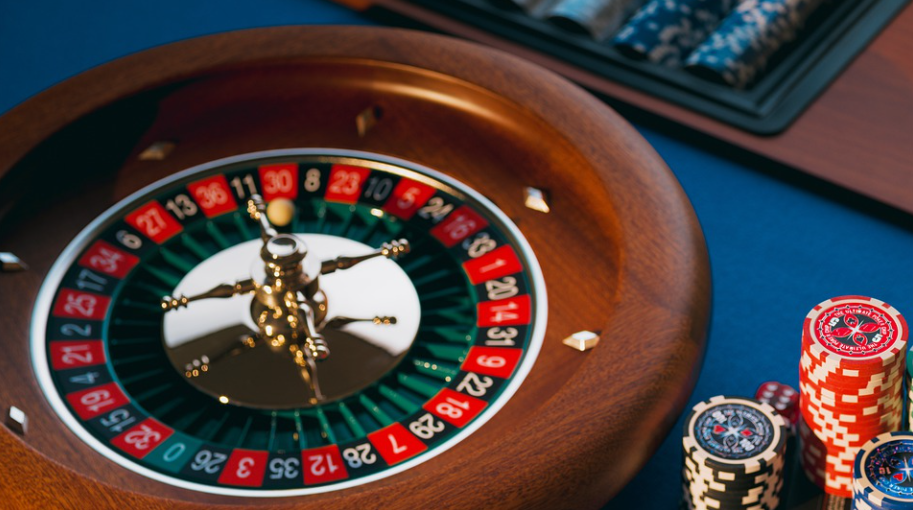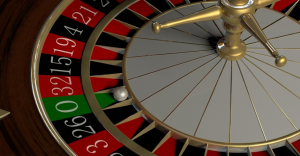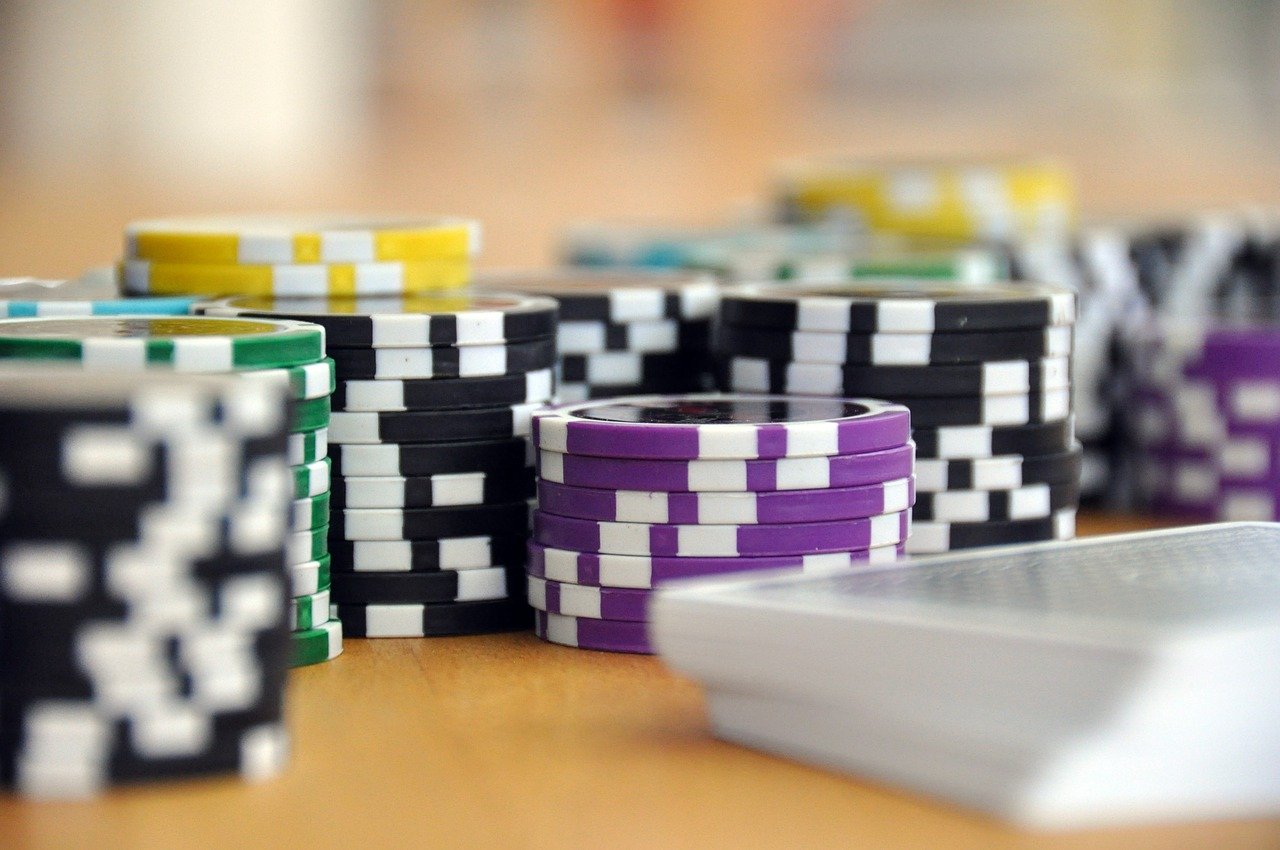Roulette Revelations: Understanding the Wheel of Fortune
Roulette, often referred to as the “Wheel of Fortune,” is a classic and iconic casino game that has captivated players for centuries. Beyond its seemingly simple structure lies a game of chance that involves intricate details and strategies. In this blog post, we will unravel the mysteries of roulette, exploring its components, rules, and strategies to provide a comprehensive understanding of this timeless casino classic.
The Anatomy of the Roulette Wheel

The roulette wheel is the centerpiece of the game, and its design is anything but arbitrary. Understanding the layout is crucial for both beginners and experienced players. The wheel features 36 numbered pockets in alternating red and black colors, with an additional green pocket marked as ‘0’ (and ’00’ in the American version). The arrangement of numbers is carefully calculated to create a balanced distribution of odds and evens, highs and lows, and reds and blacks.
Inside Bets vs. Outside Bets
Roulette offers a variety of betting options, categorized into inside bets and outside bets. Inside bets involve gambling on specific numbers or small groups of numbers, offering higher payouts but with lower odds of winning. Outside bets, on the other hand, cover larger groups of numbers, providing higher odds of winning but with comparatively lower payouts. Players can choose from a range of bets, including straight bets on a single number, split bets on two adjacent numbers, and even-money bets like red or black.
The Role of the House Edge
 The concept of the house edge is fundamental in grasping the dynamics of roulette. The house edge represents the statistical advantage that the casino has over players. In European roulette, where there is only one ‘0,’ the house edge is lower than in American roulette, which has ‘0’ and ’00.’ Choosing games with a lower house edge can be a strategic move for players looking to maximize their chances of winning in the long run.
The concept of the house edge is fundamental in grasping the dynamics of roulette. The house edge represents the statistical advantage that the casino has over players. In European roulette, where there is only one ‘0,’ the house edge is lower than in American roulette, which has ‘0’ and ’00.’ Choosing games with a lower house edge can be a strategic move for players looking to maximize their chances of winning in the long run.
Roulette Strategies
Various betting strategies have been developed over the years to enhance the gaming experience and improve the odds. The Martingale system, for instance, involves doubling your bet after each loss, aiming to recover previous losses and secure a profit. Other strategies, like the Fibonacci system, follow a mathematical sequence to determine betting amounts. While these strategies can be intriguing, it’s crucial to approach them with caution, understanding that no system can guarantee consistent wins in a game of chance like roulette.
The Enigma of Biased Wheels

A topic that has intrigued roulette enthusiasts and spawned countless tales of casino exploits is the idea of biased wheels. The notion suggests that imperfections in the manufacturing or wear and tear on the wheel can result in certain numbers being favored over others. While biased wheels may have been more prevalent in the past, modern casino equipment undergoes stringent testing and maintenance, making the existence of significantly biased wheels highly improbable in reputable establishments.
Roulette, with its mesmerizing wheel and rich history, remains a symbol of chance and excitement in the world of casinos. From understanding the anatomy of the wheel and navigating wagering options to grasping the concept of the house edge and exploring various strategies, players can elevate their roulette experience. While the allure of the game lies in its unpredictability, a strategic and informed approach can enhance the enjoyment and tip the odds in your favor.…



 Past posting is a general method of cheating at roulette and dates back many years. This method of cheating requires quick reflexes as well as precise timing. Dealers look down after spinning the wheel to determine which number wins. Anybody trying to place a past posting bet must watch the wheel because it should be when you discretely place your bets on the winning number.
Past posting is a general method of cheating at roulette and dates back many years. This method of cheating requires quick reflexes as well as precise timing. Dealers look down after spinning the wheel to determine which number wins. Anybody trying to place a past posting bet must watch the wheel because it should be when you discretely place your bets on the winning number.  This second one isn’t a trick. Ball control means that you can use the skill of the dealer to your advantage. In this case, you have to know that the dealers might have influenced the roulette’s outcome. In fact, it is a well-known truth. Dealers may deny this, but they have indeed developed muscle memory over time. They know the right amount of force to apply when spinning to get specific results. Dealers can thus manipulate the outcome of the game to make it more profitable.
This second one isn’t a trick. Ball control means that you can use the skill of the dealer to your advantage. In this case, you have to know that the dealers might have influenced the roulette’s outcome. In fact, it is a well-known truth. Dealers may deny this, but they have indeed developed muscle memory over time. They know the right amount of force to apply when spinning to get specific results. Dealers can thus manipulate the outcome of the game to make it more profitable.  This last trick is probably the most costly in gambling. This kind of cheating requires software and a device to control spins and the mechanical status of the wheels and tables. People often claim that electronic cheating is only for maximizing the benefits.
This last trick is probably the most costly in gambling. This kind of cheating requires software and a device to control spins and the mechanical status of the wheels and tables. People often claim that electronic cheating is only for maximizing the benefits.
 Roulette is a fun game to play is completely predicated on the opportunity. There’s no chance that one number will come up more frequently than another. If you like to play blackjack, however, you’re tired of not stepping the winning amount, you may want to find a few pointers that will help you raise your odds of winning. You need to know that these hints don’t make sure that you win, which you play, but boost your probability of winning.
Roulette is a fun game to play is completely predicated on the opportunity. There’s no chance that one number will come up more frequently than another. If you like to play blackjack, however, you’re tired of not stepping the winning amount, you may want to find a few pointers that will help you raise your odds of winning. You need to know that these hints don’t make sure that you win, which you play, but boost your probability of winning. Slots are something that we often think of if the word casino comes to mind since it’s such widespread and distinct topics can be present based on the match. Many have a theme and each game in it’s been catered to be changed sufficiently to fit into this arrangement. Slots permit you to set stakes that are unique and play with as many or as few lines as you want to provide you a gaming experience that’s low stress and provides an opportunity. To assist with this, you’ll have to search for casino websites that are business controlled and recognized by auditors. Which casino that you choose to make sure they have some jurisdiction they are accountable. Most casinos have this information generally.
Slots are something that we often think of if the word casino comes to mind since it’s such widespread and distinct topics can be present based on the match. Many have a theme and each game in it’s been catered to be changed sufficiently to fit into this arrangement. Slots permit you to set stakes that are unique and play with as many or as few lines as you want to provide you a gaming experience that’s low stress and provides an opportunity. To assist with this, you’ll have to search for casino websites that are business controlled and recognized by auditors. Which casino that you choose to make sure they have some jurisdiction they are accountable. Most casinos have this information generally.
